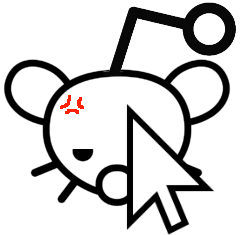

counterpoint: quick broen fox is corporatized af while sphinx of black quartz has one hell of a vibe. you’re right that the fox is comfy because the cozy zone is the only spot where fun and corpos intersect and this one just so happens to fall into it but keeping it people-centric was never the point.
case in point: the test sentence we use in my native language translates to “floodproof mirror drill” to test out all our weird diacritics. no autumn vibes there, only corpos









and yet you should be allowed in a kfc? double standards smh